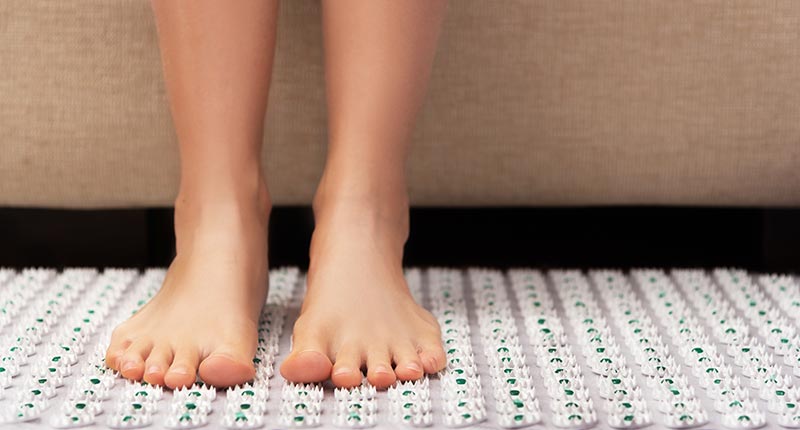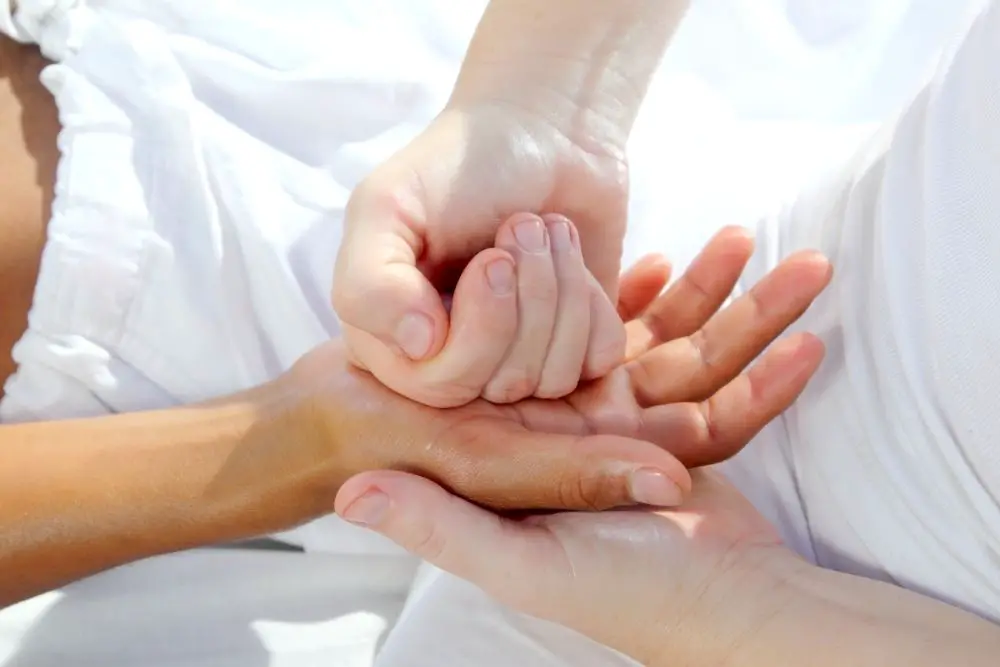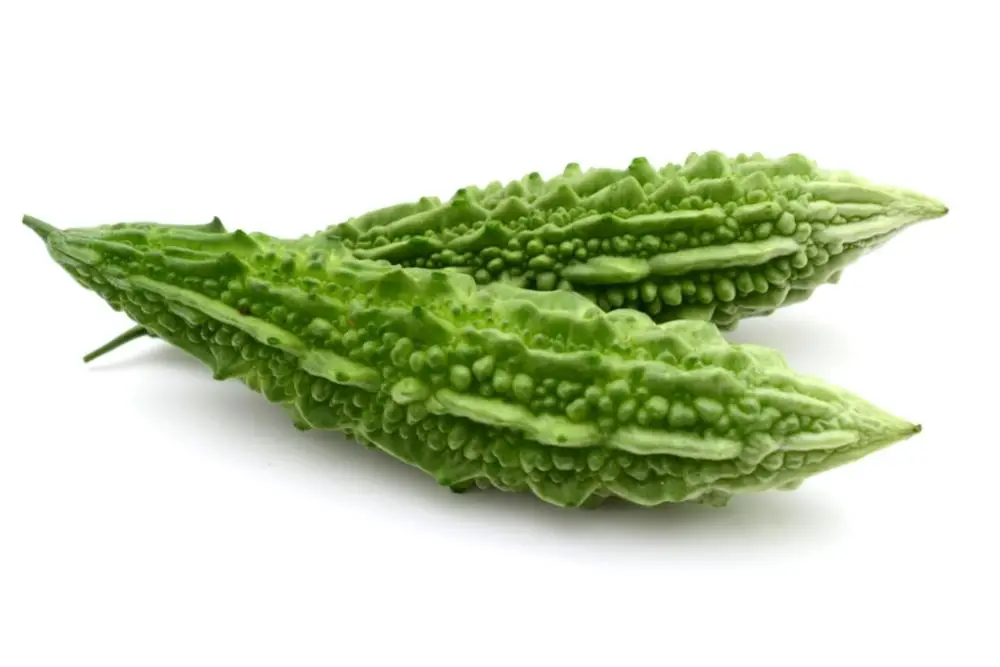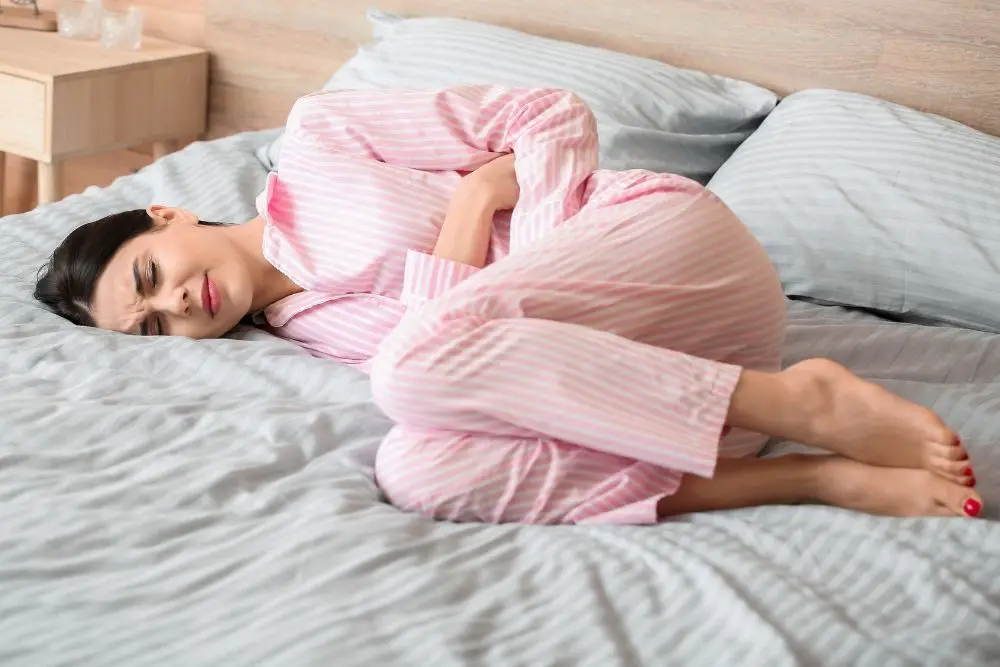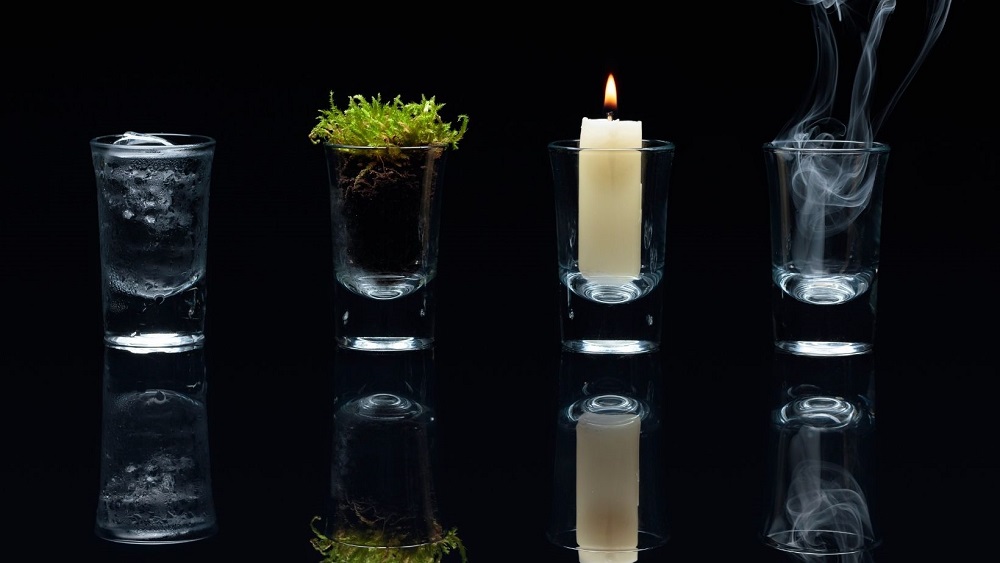Qigong, pronounced ‘chi-gong‘, is an ancient Chinese method that focuses on meditation, breathing techniques, and directed exercises that have been proved to aid relaxation, stress reduction, greater immune systems, and increased alertness.
These are just a couple of minor numerous benefits that make Qigong such a popular approach to healing.
Qigong is an ancient but powerful form of therapy that comes in a variety of forms and techniques. It is a natural method of moving energy (Qi/Chi) throughout your system.
Taoist and Buddhist monks, along with traditional and Chinese practitioners, frequently employ this method, being viewed and executed by many individuals around the globe.
Despite its connotations to certain religions, such as Buddhism and Taoism, it does not have to be performed in a religious setting.
The practice includes moving ‘Qi’ throughout your body by using techniques such as meditation and specific breathing methods. Qi is a vital force thought to be a part of all living things, according to traditional Chinese culture.
While fully translating the word to English can be challenging, ‘Qi’ signifies vitality, breath, or mind. ‘Gong’, on the other hand, is a Chinese word that denotes cultivation or mastery.
As a result, the overall notion of the compound word ‘Qigong’ may be roughly interpreted as ‘life force cultivation’ or ‘energetic control’.
In this article, we are going to be looking at the medical effects that Qigong may have on those who suffer with ovarian cysts.
What Are Ovarian Cysts?
First of all, let’s start with the basics.
An ovary is a small, round organ that can be found in the female reproductive system, and there are two of them: one on each side of a person’s womb.
One of the main purposes of the ovaries is to produce egg cells: once these are released during the menstrual cycle, usually once a month and usually individually, they will travel down the fallopian tube and into the uterus.
If the individual has taken part in sexual intercourse around this time period, or at least come into contact with semen, the egg cell may become fertilized by a sperm cell.
This interaction would result in the forming of an embryo, which would eventually develop into a baby. The release of egg cells is a vital part of the menstrual cycle.
The second function of an ovary is to release estrogen and progesterone, the two sex hormones that are crucial for reproduction and development.
An ovarian cyst is a singular infected sac, or several sacs, filled with fluid that develop on an ovary. These cysts often only affect one of the ovaries, although it is not uncommon for them to affect both at the same time.
Ovarian cysts are fairly common, affecting over 3 million people in the US alone. These cysts do not usually create any symptoms, but in some cases, they can cause discomfort and pain to those that have them.
The majority of ovarian cysts develop naturally and disappear in a few months without the need for treatment, meaning that those that have developed them often are not even aware of their existence.
However, many of those suffering with ovarian cysts may experience symptoms such as heavy and/or irregular periods, pelvic pain, bloating in the stomach, and pain during intercourse, especially if a cyst has ruptured or is particularly large.
Ovarian cysts have also been reported to affect fertility, making it difficult for the individual to naturally conceive.
Ovarian cysts can be caused by underlying health conditions, such as endometriosis, and, in rare cases, can even be an indication of ovarian cancer. These cysts, however, are commonly benign (non-cancerous).
How Can Qigong Help Those Suffering With Ovarian Cysts?

Certain sections of the human body have been reported to have been treated through use of Qigong, using specialised workouts and postures to specifically target certain disorders.
Those who specialise in the practice of Qigong believe that there are three energy centers in a person’s body, known as the three dantians: these are individual cumulative points located in the head, the chest, and the abdomen. The uterus is considered to be the ‘heart’ of a person’s lower dantian.
One method that is used to aid those who suffer from ovarian cysts is a massage that specifically targets the lower dantian.
It is suggested that the ovaries will produce a higher amount of sexual fluids as a result of this workout, and it will help to regulate menstruation cycles, as well as boosting the female sex drive. There are five steps required to perform this massage:
- Stand the Horse Stance/Ma Bu: this is a position in which you imitate sitting on a horse, bending your knees and squatting slightly. Take deep, steady breaths.
- Knead your palms together until they warm up. Next, bring your thumbs together at your belly button, producing a straight line horizontally from thumb to thumb.
- Bring the fingertips of your pointer finger together, creating a triangular shape. The ovaries will be situated on the ends of the little and ring fingers. Gently rub the skin over the ovaries, on your abdomen, in a rotational movement 36 times in one direction and 36 times in the opposite direction.
- Follow up with a couple of minutes of steady abdominal breathing, holding the hands on the abdomen, to pull sexual energy upwards along the spine into the brain, then back down the front, into the lower dantian.
- On inhale, tighten your anal sphincters, and on exhale, relax them, allowing energy to flow through the Microcosmic Orbit.
This massage has been reported to help increase blood circulation and healing energy, projecting into these specific areas. It is suggested that this activity is repeated up to three times a day to fully maximize its effects.
Final Thoughts
First and foremost, if you find that you are suffering from extreme, painful symptoms stemming from ovarian cysts, you should contact your doctor for medical advice.
However, there has been research reporting that Qigong methods have been proved effective for many patients. You may find that the previously mentioned massage may help relieve symptoms, and even help with the overall condition.
We hope that you find relief from these methods. Good luck.
References
‘Understanding Traditional Chinese Medicine Therapeutics: An Overview of the Basics and Clinical Applications’ by Matos, Machado, Monteiro, & Greten.
‘The Effects of Traditional Chinese Medicine-Associated Complementary and Alternative Medicine on Women with Polycystic Ovary Syndrome’ by Shen, Jin, Pan, Han, You, Zhang, Qu, Liu, & Zhang.
‘Acupuncture for polycystic ovarian syndrome’ by Jo, Lee, & Lee.
Acupuncture for polycystic ovarian syndrome (nih.gov)
 P. Sze
P. Sze 




